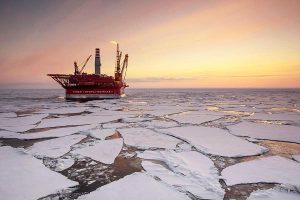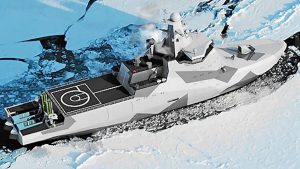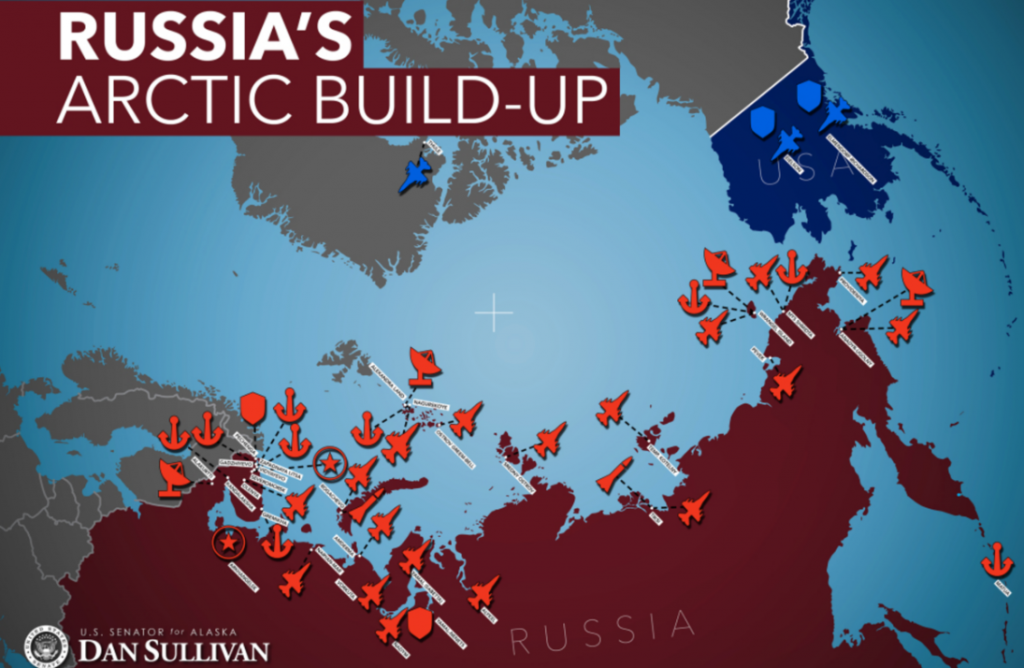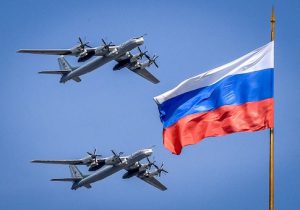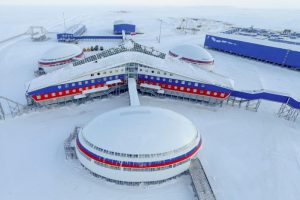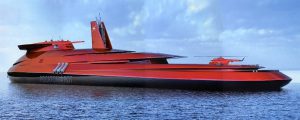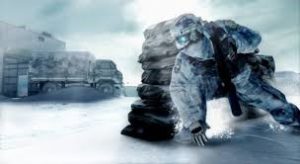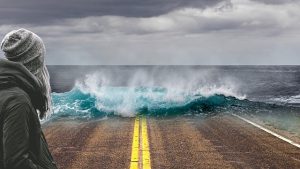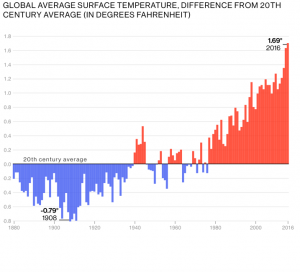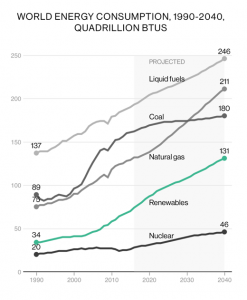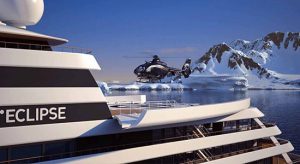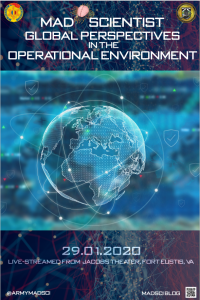 [Editor’s Note: Mad Scientist would like to thank everyone who participated in the Mad Scientist Global Perspectives in the Operational Environment Virtual Conference on 29 January 2020 — from our co-hosts at the Army Futures Command (AFC) and the U.S. Army Training and Doctrine Command (TRADOC) International Army Programs Directorate (IAPD); to TRADOC’s Foreign Liaison Officer community and the U.S. Army liaison officers overseas who helped us identify and coordinate with international subject matter experts; to each of the briefers who presented their respective nations’ insightful perspectives on a diverse array of topics affecting the Operational Environment (OE); to our audience who attended virtually via the TRADOC Watch page’s
[Editor’s Note: Mad Scientist would like to thank everyone who participated in the Mad Scientist Global Perspectives in the Operational Environment Virtual Conference on 29 January 2020 — from our co-hosts at the Army Futures Command (AFC) and the U.S. Army Training and Doctrine Command (TRADOC) International Army Programs Directorate (IAPD); to TRADOC’s Foreign Liaison Officer community and the U.S. Army liaison officers overseas who helped us identify and coordinate with international subject matter experts; to each of the briefers who presented their respective nations’ insightful perspectives on a diverse array of topics affecting the Operational Environment (OE); to our audience who attended virtually via the TRADOC Watch page’s 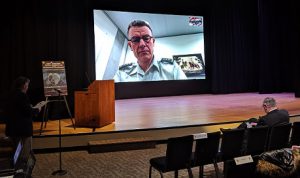 interactive chat room and asked penetrating questions that significantly helped broaden our aperture on the OE and the changing character of warfare. Today’s post documents the key takeaways Mad Scientist captured from the conference — Enjoy!]
interactive chat room and asked penetrating questions that significantly helped broaden our aperture on the OE and the changing character of warfare. Today’s post documents the key takeaways Mad Scientist captured from the conference — Enjoy!]
Our first Mad Scientist Virtual Conference focused on global perspectives of the operational environment. While our presenters represented only a small part of the globe, these countries do account for a significant percentage of global defense expenditures and have international defense related engagements and responsibilities.
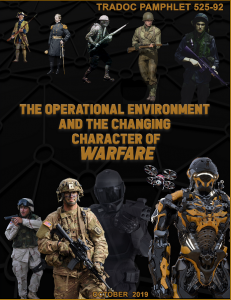 As expected, we heard many similarities between the Operational Environment described by the United States Army and the presenters from France, the Netherlands, Germany, the UK, Canada, and our NATO Panel. We also identified some interesting nuances in how potential challenges and threats are described and which ones are emphasized.
As expected, we heard many similarities between the Operational Environment described by the United States Army and the presenters from France, the Netherlands, Germany, the UK, Canada, and our NATO Panel. We also identified some interesting nuances in how potential challenges and threats are described and which ones are emphasized.
Here are a few takeaways from the conference — if they pique your interest, check out this conference’s Mad Scientist APAN (All Partners Access Network) page for the associated slides and video presentations (to be posted)!
1) Interoperability is key but increasingly difficult with uneven modernization and different policies for emerging technologies. Each country emphasized the future of coalition operations, but they also described interoperability in different ways. This ranged from the classic definition of 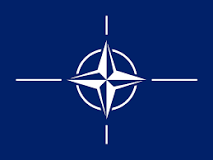 interoperability of radios, firing data, and common operating pictures to tactical integration with a country’s units inside another country’s formations. Emerging technologies like Artificial Intelligence (AI) add another level of difficulty to interoperability. Each country will develop their own AI policies outlining legal levels of autonomy and coding standards for identifying biases and ensuring transparency. How these different AI capabilities will interact in fast pace machine-to-machine collaboration is not clear.
interoperability of radios, firing data, and common operating pictures to tactical integration with a country’s units inside another country’s formations. Emerging technologies like Artificial Intelligence (AI) add another level of difficulty to interoperability. Each country will develop their own AI policies outlining legal levels of autonomy and coding standards for identifying biases and ensuring transparency. How these different AI capabilities will interact in fast pace machine-to-machine collaboration is not clear.
2) Asymmetry of Ethics is a Pink Flamingo (known challenge without program to address it) Each country mentioned the developing and differing standards for  AI. It was commonly understood that competition and conflict is speeding up but there is no clear consensus on what the tactical and operational advantages could be for an adversary that chooses to integrate AI in a more permissive manner than accepted by western armed forces. Also, lagging policy, regulations, and laws in the West create a possibility for overmatch by these potential adversaries. This is an area where experimentation with differing AI policies and approaches might identify the risks of strategic and technological surprise.
AI. It was commonly understood that competition and conflict is speeding up but there is no clear consensus on what the tactical and operational advantages could be for an adversary that chooses to integrate AI in a more permissive manner than accepted by western armed forces. Also, lagging policy, regulations, and laws in the West create a possibility for overmatch by these potential adversaries. This is an area where experimentation with differing AI policies and approaches might identify the risks of strategic and technological surprise.
3) Weaponization of information to attack societies and their armed forces is the #1 described threat and it wasn’t even close. This is understandable as 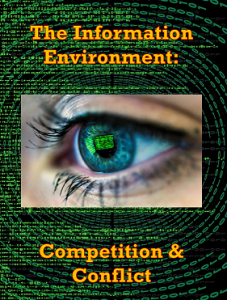 our European allies are closer geographically to the persistent Russian competition activities. The emphasis of this threat differs from the United States Army where we have focused and experimented around the idea of a return to high intensity conflict with a near–peer competitor. While each presenter discussed ongoing organizational, doctrinal, and capability changes to address the information environment, it was widely understood that this is a military problem without a military solution.
our European allies are closer geographically to the persistent Russian competition activities. The emphasis of this threat differs from the United States Army where we have focused and experimented around the idea of a return to high intensity conflict with a near–peer competitor. While each presenter discussed ongoing organizational, doctrinal, and capability changes to address the information environment, it was widely understood that this is a military problem without a military solution.
4) Climate change and mass migration are the conflict drivers of most concern. Human migration  as a consequence of climate change will create new security concerns for impacted countries as well as neighboring regions and, due to European geography, seemed to be of greater concern than our focus on great power conflict.
as a consequence of climate change will create new security concerns for impacted countries as well as neighboring regions and, due to European geography, seemed to be of greater concern than our focus on great power conflict.
5) Virtual training is increasingly important for Armies with decreasing defense budgets and the demand to improve training proficiencies. As realistic synthetic training becomes a reality, we can more readily transition troops trained for a host of contingencies in the virtual world to the rigors of diverse 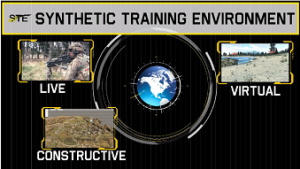 operations in the physical world. This Synthetic Training Environment may also facilitate Joint and inter-coalition training of geographically-disparate assets and formations, with the concomitant issue of interoperability to conduct combined training events in the future.
operations in the physical world. This Synthetic Training Environment may also facilitate Joint and inter-coalition training of geographically-disparate assets and formations, with the concomitant issue of interoperability to conduct combined training events in the future.
6) As society evolves and changes, so does warfare. Our presenters described several pressures on their societies that are not part of or are only tangentially mentioned in the U.S. Army’s operational narrative:
-
- Declining demographics in western nations pose potential recruitment and reconstitution challenges.
- Nationalism is rising and could result in an erosion of rules-based international order. If these systems break down, smaller nations will be challenged.
- Authoritarian systems are rising and exporting technology to support other authoritarian governments. At the same time democratic systems are weakening.
- Aging populations and slow growth economies are seeing a global shift of economic strength from the West to the East.

In the future, we will host another global perspectives conference that will include presenters from Asia and South America to further broaden our perspectives and identify potential blind spots from these regions. For now, we encourage the international community to continue to share their ideas by taking our Global Perspectives Survey. Preliminary findings were presented at this conference. Stay tuned to the Mad Scientist Laboratory as we will publish the results of this survey in a series of assessments, starting in March…
… don’t forget to enter The Operational Environment in 2035 Mad Scientist Writing Contest and share your unique insights on the future of warfighting — click here to learn more (deadline for submission is 1 March 2020!)…
… and a quick reminder that the U.S. Army Mission Command Battle Lab Futures Branch is also conducting its Command Post of the Future – 2040-2050 Writing Contest. Click here to learn more about suggested contest writing prompts, rules, and how to submit your entry — deadline for their writing contest is also 1 March 2020!

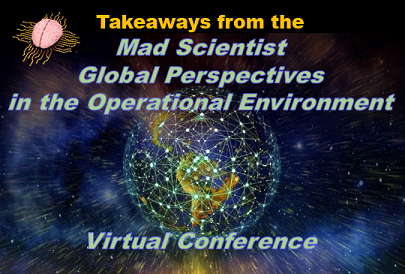

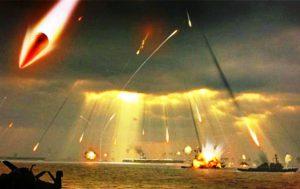 The U.S. defense industry routinely analyzes emerging and potentially
The U.S. defense industry routinely analyzes emerging and potentially 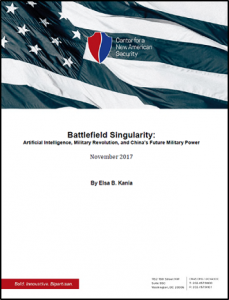 According to Paul Scharre‘s preface to Elsa Kania‘s paper on
According to Paul Scharre‘s preface to Elsa Kania‘s paper on unintentionally follows the
unintentionally follows the


 For example, quantum computation uses the quantum analog of a bit, called a quantum bit, existing in multiple states due to
For example, quantum computation uses the quantum analog of a bit, called a quantum bit, existing in multiple states due to This post sees QAI as a different element of the taxonomy and not a subset of classical AI. “Quantum physics is based on information theory and probability theory” according to Andreas Wichert, author of
This post sees QAI as a different element of the taxonomy and not a subset of classical AI. “Quantum physics is based on information theory and probability theory” according to Andreas Wichert, author of  amount of information where N=6 because the possible alternatives are six. Instead of “N” (number of alternatives), scientists measure information in terms of quantity deemed “S” after Shannon. Rovelli also states information is finite in nature based on quantum mechanical properties. New or “relevant” information cancels out “irrelevant” information in a physical system, therefore systems can always obtain new information from other systems. *This point is important for later.
amount of information where N=6 because the possible alternatives are six. Instead of “N” (number of alternatives), scientists measure information in terms of quantity deemed “S” after Shannon. Rovelli also states information is finite in nature based on quantum mechanical properties. New or “relevant” information cancels out “irrelevant” information in a physical system, therefore systems can always obtain new information from other systems. *This point is important for later.
 This specific interpretation is based on Hugh Everett’s relative state or many-worlds interpretation (MWI) and information
This specific interpretation is based on Hugh Everett’s relative state or many-worlds interpretation (MWI) and information • Relevant information cancels out irrelevant information in a physical system, therefore systems can always obtain new information from other systems
• Relevant information cancels out irrelevant information in a physical system, therefore systems can always obtain new information from other systems One interpretation of AI is
One interpretation of AI is vice versa (alternate histories and futures). Physicist David Deutsch, a proponent of the MWI, believes MWI will be testable through
vice versa (alternate histories and futures). Physicist David Deutsch, a proponent of the MWI, believes MWI will be testable through
